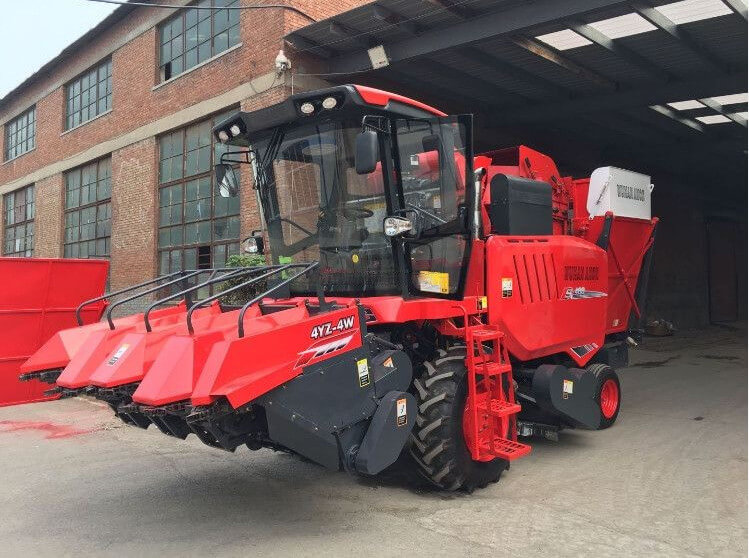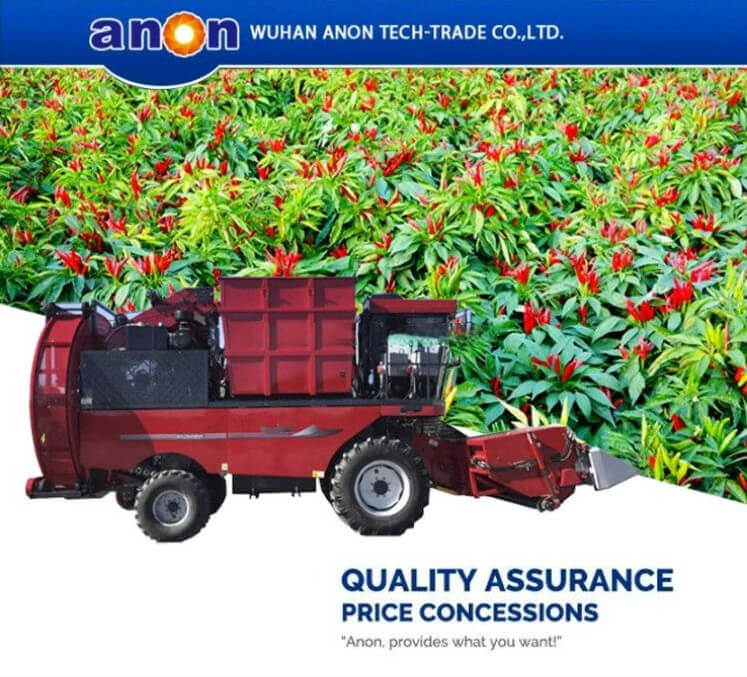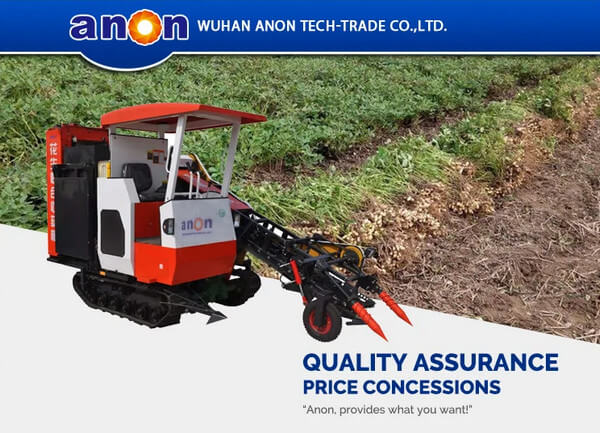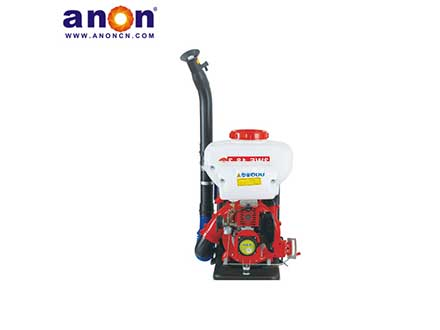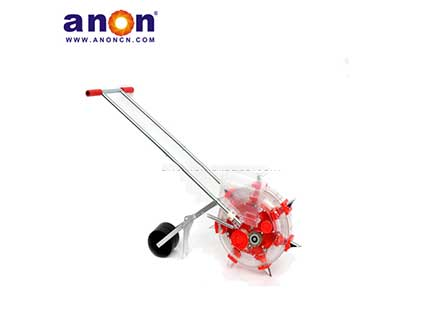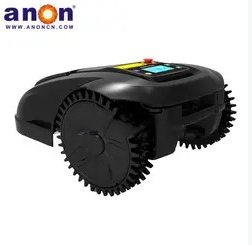Introduction
Grain combine harvester is one of the important agricultural machinery equipment that is indispensable in modern agricultural production. Its emergence has greatly improved farmers’ harvesting efficiency and labor utilization. It has played an important role in promoting the development of the grain planting industry. It can complete harvesting, threshing, separation, cleaning, and other processes at one time. Greatly improve agricultural production efficiency and food production. In foreign countries, the market demand for agricultural combine harvesters is huge. Below, ANON will introduce the details of this combine harvester to you in detail. It can also provide a certain reference value for farmers when purchasing combine harvesters.
What is a combine in farming
Agricultural combine harvester is a multi-functional mechanical equipment. Mainly used for harvesting, threshing, and cleaning crops, such as cereals, rice, corn, etc. It consists of a harvesting table, a threshing body, an intermediate conveying device, and a transmission system. It is composed of an engine, a traveling steering and driving device. The grain combine harvester can complete multiple operations, such as harvesting, threshing, and cleaning, in one working step. Improved crop harvesting efficiency and quality.
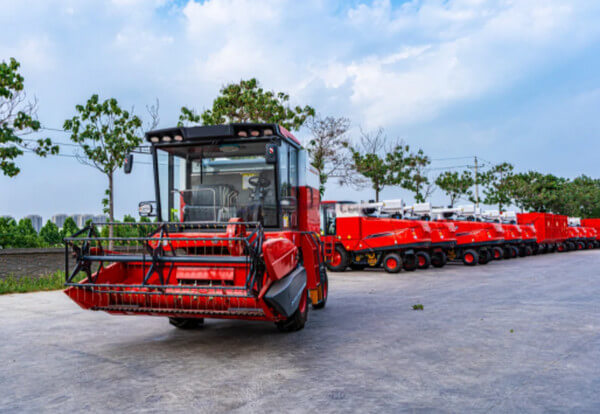
Classification of grain combine harvesters
So, what are the types of grain combine harvesters? What are the differences in the applicable terrain and functions of different types of harvesters?
According to the driving mode, combine harvesters can be divided into self-propelled combine harvesters and trailed combine harvesters.
Self-propelled combine harvesters are powered by their own engines. Flexible operation, suitable for harvesting a variety of crops.
The tractor-type combine harvester is powered by a tractor and has a simple structure. The price is low and suitable for harvesting crops in small areas.
According to the type of harvested crops, grain combine harvesters can be divided into wheat combine harvesters, corn combine harvesters, rice combine harvesters, soybean combine harvesters, etc.
Different types of combine harvesters have different structures and working principles and are suitable for harvesting different crops.
What are the components of a grain combine?
Grain combine harvesters usually consist of several major parts, such as the power system, conveying system, threshing system, cleaning system, and control system.
The detailed components are as follows:
Engine: Provides power to drive the entire mechanical equipment.
Harvesting knife: used to cut and feed crops into mechanical equipment.
Thresher: Used to separate the grains from the stalks.
Cleaning mechanism: used to remove impurities and residues to ensure the purity of grains.
Conveying system: used to transport harvested crops to threshers and cleaning mechanisms for processing.
Control system: used to control the operation and operation of the entire equipment.
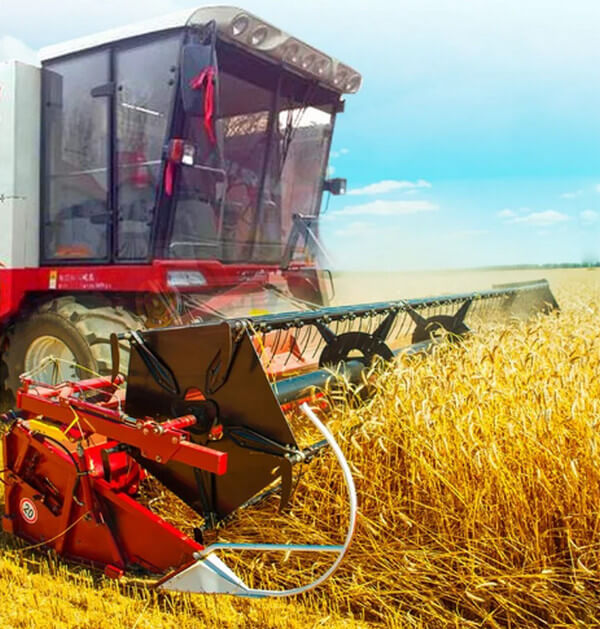
How a combine harvester works
The working principle of a grain combine harvester is to drive various components to work together through the power system.
Complete harvesting, threshing, and cleaning processes.
It mainly includes the following steps:
Start the engine: Start the combine harvester’s engine to provide power.
Cutting and conveying: The harvesting knife cuts the crops and sends them into the mechanical equipment through the conveying system.
Threshing and cleaning: The thresher separates the grains from the stalks, and the cleaning mechanism removes impurities and residues.
Collection and Storage: The threshed and cleaned grain is stored for later use or sale.
How farmers use it
When farmers use it, they usually need to make adjustments based on the growth conditions of the crops and harvesting techniques. Including adjusting the speed, cleaning the screen, controlling the conveyor belt, etc. To ensure that the grain combine can achieve the best working conditions.
Preparation: Check whether all parts of the combine are functioning properly and perform necessary maintenance and upkeep.
Start the machine: Start the engine and make sure the machine is running properly.
Adjust parameters: Adjust the height of the harvesting knife, the speed of the thresher, and other parameters according to the actual situation.
to adapt to different crops and soil conditions.
Monitoring operation: By monitoring equipment such as instruments and indicator lights, we can keep abreast of the working status of the machine to ensure safe and efficient operation.
Maintenance: After use, clean and maintain the machine to ensure its performance and service life.
Summarize
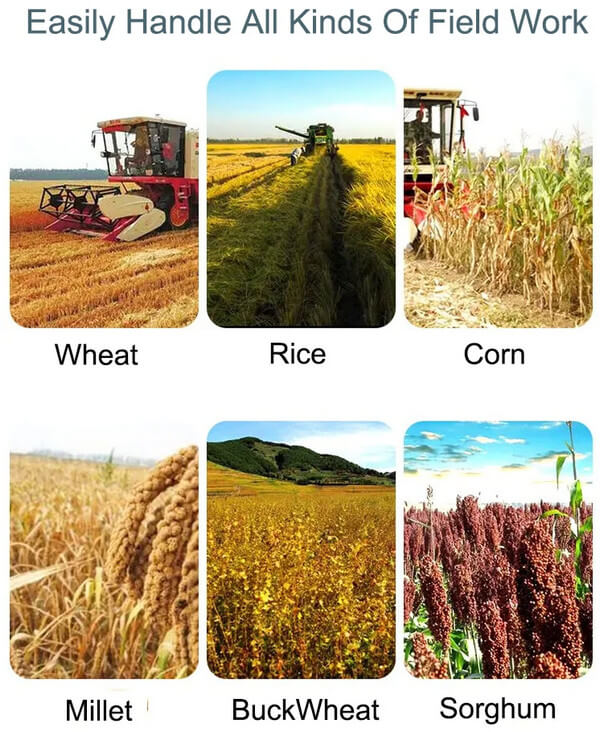
In short, the emergence of grain combine harvesters provides convenience and benefits to farmers. Through the introduction of this article, I believe you will have a clearer understanding of grain combine harvesters. If you are interested in a specific type of harvester, please feel free to consult our professional team, and we will be happy to provide you with help and support. The ANON platform supports the provision of various agricultural machinery and equipment, including different crop harvester tools. If you have any questions about our products, you can leave a message online for details. At last, I believe we will provide you with a satisfactory solution.
FAQ
How many acres of land do you need to own a combine?
The size of your operation directly determines the equipment you need. Small farms (under 500 acres) can often benefit economically from a custom rental. Conversely, larger commercial farms over 1,500 acres are generally better suited to owning a combine due to its greater efficiency and lower labor costs.
How many acres can a combine harvester harvest in a day?
Modern combine harvesters can harvest anywhere from 50 to over 400 acres a day, depending on the size of the machine, crop type, weather conditions, and the farmer’s expertise. While a typical combine harvester can harvest about 150 acres, advanced models can significantly exceed this figure, with some newer models capable of harvesting 200 acres or more in good weather.


